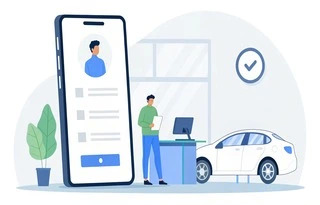Car sharing has journeyed a long road from its humble beginnings in mid-20th-century Europe to becoming a pivotal component of the global mobility landscape. What began as a community experiment in Zurich in 1948 evolved into visionary initiatives like Amsterdam’s electric Witkar project in the 1970s, an early glimpse of what sustainable, shared transportation could look like in the urban age. By the late 1990s, Asia entered the space with Singapore’s Car Co-op, introducing advanced technology like electronic keypads and onboard systems to simplify access.
Fast forward to today, and car-sharing platforms are available in over 600 cities across the globe. With the rise of mobile-first lifestyles and smart city frameworks, this once-niche concept is becoming a mainstream mode of transport. Projections suggest that by 2030, car sharing could serve up to 400 million people, particularly as automation and AI enhance vehicle access, safety, and efficiency.
Shift from traditional car rentals to flexible, app-driven car-sharing solutions
The leap from rigid, paperwork-heavy rental models to seamless ride-sharing apps is one of the most dramatic shifts in transportation in recent memory. Traditional car rentals, bound by physical locations and rigid schedules, have given way to platforms where users can locate, unlock, and drive a car, all within minutes and all via smartphone.
Today’s car rental apps offer real-time availability, instant digital onboarding, dynamic pricing, and automated billing, setting a new standard for what modern consumers expect from mobility services. This evolution caters particularly well to urban millennials and Gen Z users who value access over ownership, flexibility over commitment, and eco-conscious choices over convenience. These changes are also fueling the growth of rental platform development, enabling a whole new generation of biggest car sharing companies to thrive.
Here’s a curated list of 8 outstanding ridesharing companies examples shaping the future of mobility, each with unique models, features, and regional strengths.
Zipcar
Founded in 2000, Zipcar is one of the most established names in the world of car sharing, and a standout among the best car-sharing platform examples. With a footprint that spans North America, Europe, and Asia, it’s become a go-to mobility solution in dense urban areas.
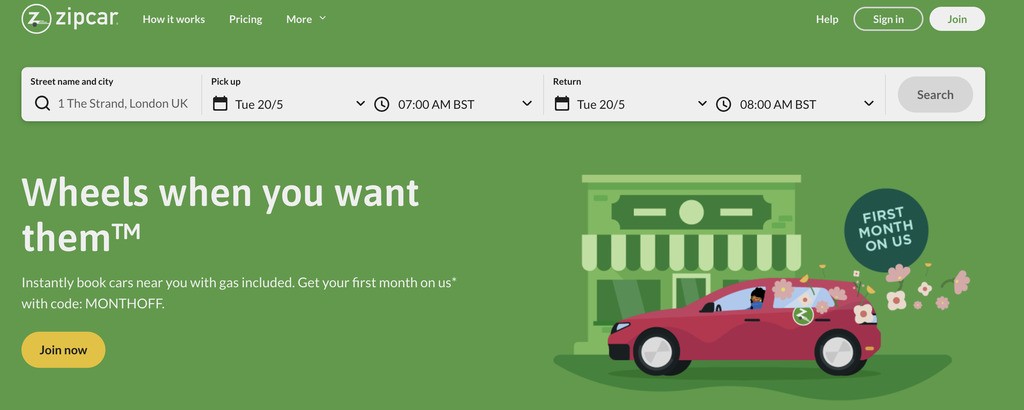
Key features:
- Membership-based access
- Smart app for reservations and unlocking
- Wide range of vehicles (compact, sedans, vans)
- Hourly or daily pricing
- Fuel, insurance, and roadside assistance included
Target audience: Urbanites, students, and small businesses seeking occasional use without ownership hassle.
Unique selling points:
- Round-trip model ensures vehicle returns to the same location
- Emphasis on environmental impact and cost-efficiency
- Robust corporate and university partnerships
Why it stands out: Zipcar is often cited in the list of ride-sharing companies leading the charge in sustainable mobility. Its tech-first model and global reach make it one of the best ride-sharing marketplace examples for cities that prioritize convenience and green thinking.
Turo
Turo is the Airbnb of cars. As one of the peer-to-peer car sharing companies, it enables individuals to list and rent vehicles, fostering a decentralized, host-powered fleet.
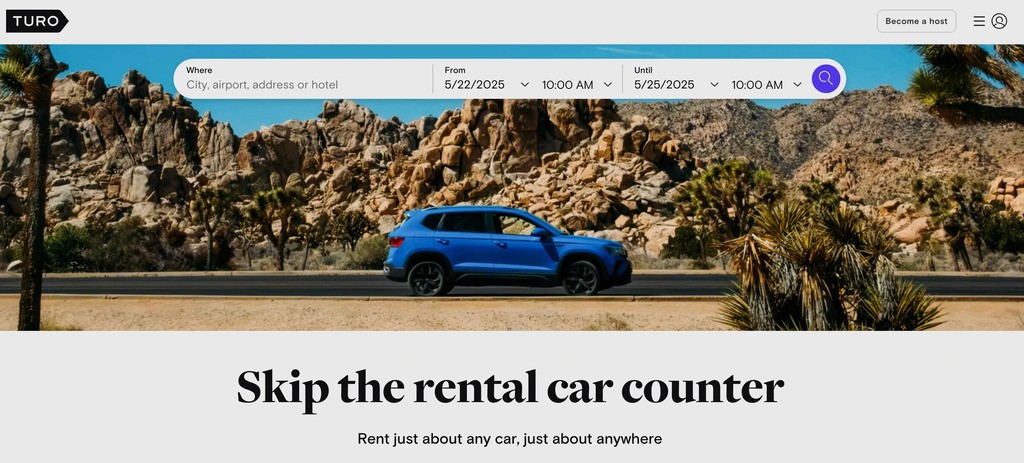
Key features:
- Diverse vehicle inventory: economy to exotic
- Flexible locations and delivery options
- Comprehensive insurance tiers
- 24/7 customer support
Target audience: Travelers seeking local, affordable rentals and hosts aiming to monetize idle vehicles.
Unique selling points:
- True peer-to-peer model
- Competitive pricing due to decentralized ownership
- Hosts can create mini-fleets
- Lower carbon footprint per ride, supporting sustainability goals
Why it stands out: Turo is a top contender in any ride-sharing marketplace examples in the USA and globally. With unmatched vehicle variety and a host-focused ecosystem, it’s one of the best rental car companies for car sharing, flexibility, and scalability.
Getaround
Getaround takes peer-to-peer sharing to the next level with instant digital access. As one of the most tech-driven P2P car-sharing companies, it eliminates the need for physical handoffs, making it a favorite for fast-paced urban mobility.
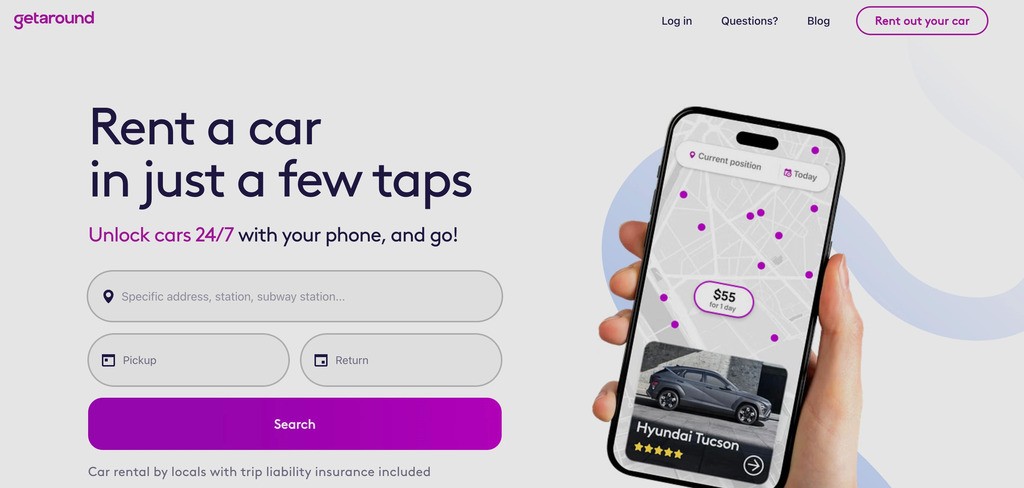
Key features:
- App-based rental with real-time availability
- Digital key technology (no physical handoff)
- Smart pricing algorithms
- Insurance and roadside support are baked in
Target audience: Urban car owners monetizing underutilized vehicles and renters looking for fast, flexible access.
Unique selling points:
- Getaround Connect hardware enables keyless entry
- Power Host program supports professional fleet expansion
- Strong user community with a trust-based review system
Why it stands out: Getaround is consistently ranked among the top car-sharing companies thanks to its innovative tech, smart monetization tools, and scalable host features.
Share Now (Free2move)
Born from the Daimler and BMW mobility alliance, Free2move (formerly Share Now) offers free-floating car sharing across Europe’s largest cities.
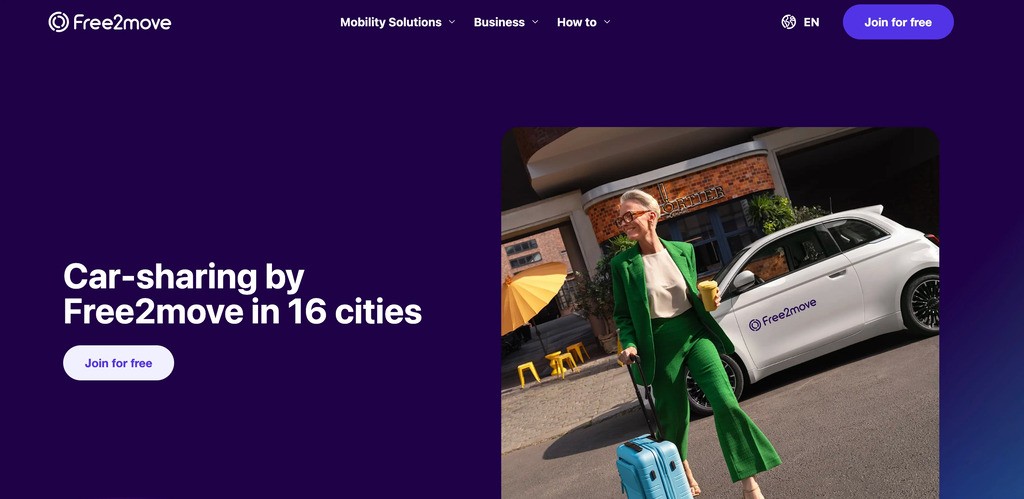
Key features:
- No fixed rental stations
- Pay by minute/hour/day
- In-app vehicle finder and unlock
- Emphasis on EVs and compact urban vehicles
Target audience: Commuters and tourists needing short, spontaneous trips in dense cities.
Unique selling points:
- Zero-commitment, real-time access
- Fully integrated pricing (fuel, insurance, maintenance)
- Growing electric fleet aligns with EU green targets
Why it stands out: Free2move is a heavyweight in any list of car-sharing companies. With a premium fleet, a pan-European presence, and no-station flexibility, it sets the bar for real-time, urban-centric car sharing.
Enterprise CarShare
Backed by Enterprise Rent-A-Car, this platform blends traditional reliability with modern tech-driven convenience, especially for institutional use.
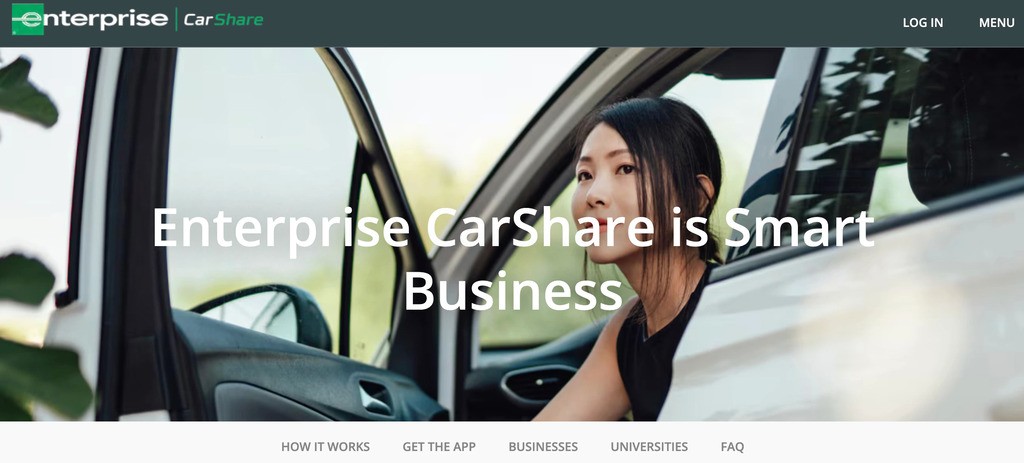
Key features:
- Hourly and daily rentals
- Integrated billing for corporate accounts
- Access to a broad fleet, from compacts to SUVs
- Automated reservations and key access
Target audience: Companies, universities, and government agencies with recurring transportation needs.
Unique selling points:
- Enterprise-grade service model
- Scalable across departments or campuses
- Reduces fleet ownership costs for large organizations
Why it stands out: As one of the largest car-sharing companies in North America, Enterprise CarShare provides unmatched reliability and infrastructure. It bridges the gap between traditional car rental and tech-first convenience
SOCAR
As Asia’s most prominent car-sharing platform, SOCAR has a dominant footprint in South Korea and Malaysia, with plans for regional expansion.
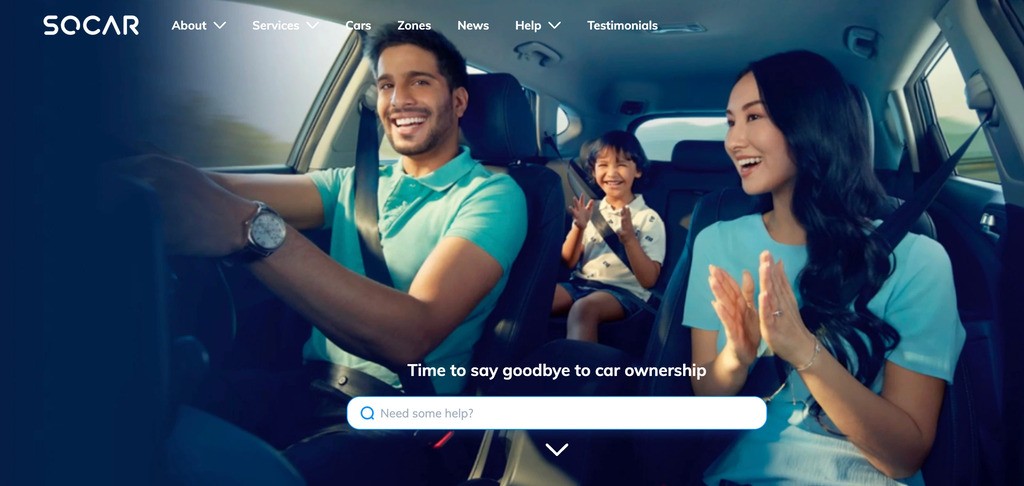
Key features:
- Broad range of vehicle classes
- Real-time booking and digital access
- Affordable pricing tailored to local markets
- Integration with navigation and toll systems
Target audience: Commuters, students, and travelers in Southeast Asia.
Unique selling points:
- Strong brand presence and local adaptability
- Culturally attuned UX/UI
- Regular discounts and loyalty benefits
Why it stands out: SOCAR is a clear leader in the app for car rental in Asia. Its deep integration with local transportation infrastructure and adaptive pricing model make it not just scalable but highly practical. With real-time features for car-sharing platforms and regional customization, SOCAR continues to raise the bar for digital mobility in fast-growing urban ecosystems.
Drive lah
Drive lah is Southeast Asia’s fast-growing peer-to-peer car sharing platform, with a primary focus on Singapore. Roobykon Software was proud to play a key role in scaling and refining this platform to meet the region’s rising demand for flexible mobility.
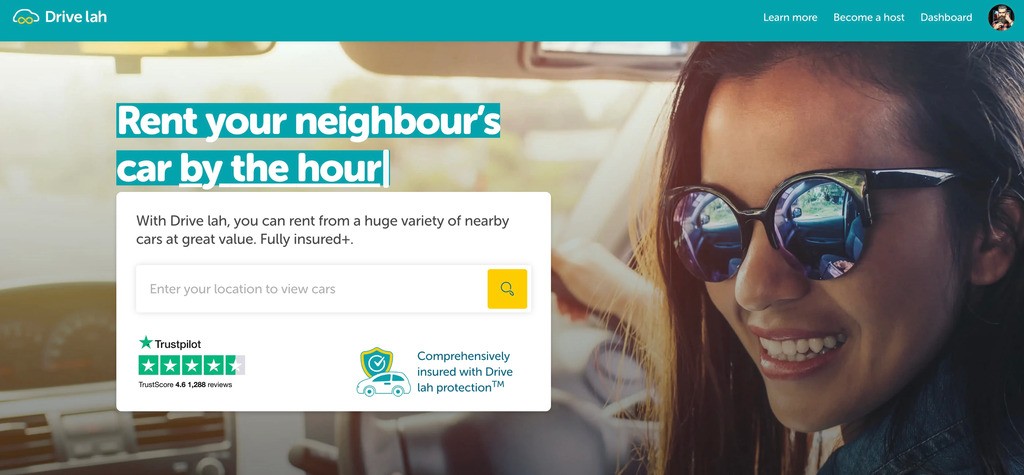
Key features:
- Smart app with seamless booking
- Owner-driver communication tools
- Insurance integration
- Real-time availability and digital access
Target audience: Singaporean residents and tourists looking for trusted alternatives to traditional rentals.
Unique selling points:
- Strong community of verified users
- Advanced tech stack for real-time performance
- Tailored to local regulations and driving culture
- Backed by a robust backend architecture developed by Roobykon
Why it stands out: Drive lah delivers an efficient, trustworthy, and intuitive experience that reflects the needs of modern urban users. With a strong technology foundation and a community-focused approach, it’s helping redefine personal mobility in Singapore.
Conclusion
As car sharing keeps growing around the world, one thing is clear: there’s no one-size-fits-all solution. The beauty of today’s car-sharing platforms is their diversity. Apps like Zipcar and SOCAR are perfect for short trips around the city, while platforms like Turo and Drive lah let you rent directly from local car owners, often with more flexibility and variety.
What’s exciting is how smart and seamless these platforms have become. With just your phone, you can find a car, unlock it, hit the road, and return it, all without waiting in line or filling out forms. Some platforms even offer dynamic pricing and loyalty perks, making the experience smoother and more affordable. Add in loyalty programs and hyper-local experiences, and these platforms start to attract buyers not just with cars, but with convenience and value.
At the end of the day, it’s all about what matters most to you — convenience, cost, sustainability, or business flexibility. Take a moment to explore your options, match them to your needs, and choose the car-sharing service that works best for your everyday journey.





